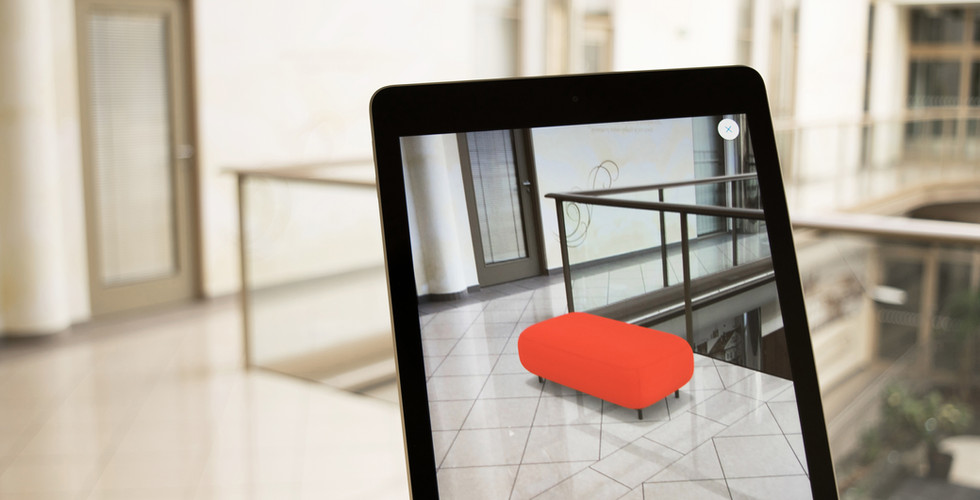Probably I am getting very technical here, but I did enjoyed putting together different assignments when we put the program together for the Interaction Design Faculty at George Brown College years ago. One of my favourites was Immersed Environments and Augmented and Virtual Reality, although it was several years ago and the technology has evolved, here are the essentials to understand the principles of how it works.
As we know, Augmented reality (AR) refers to the use of technology to super-impose digital information onto the real world, creating a hybrid environment where the physical and digital worlds co-exist.
There are several ways that AR can be implemented, but the basic process typically involves four important steps.
1. Data acquisition. The AR systems use various sensors and cameras to gather data about the physical environment. This data is then used to create a 3D model of the environment.
2. Data processing. The data collected by the sensors is processed by the AR system to determine the location and orientation of the device relative to the physical environment.
3. Digital information overlay. The AR system then use the processed data to overlay digital information onto the physical environment in real-time. This can be done using a variety of display technologies, such as head-mounted displays, smartphone screens, or projection systems.
4. Interaction. AR systems allow users to interact with the digital information in some way, such as by tapping on an object or using gestures. The system may also provide feedback to the user, such as haptic sensations or audio cues.
AR systems work by using sensors and cameras to gather data about the physical environment, process this data to determine the location and orientation of the device, and then overlay the digital information onto the physical environment in real-time.
If you want to try it out, I suggest to check AR Aero from Adobe, it is very intuitive, friendly and easy to use and adapt.

